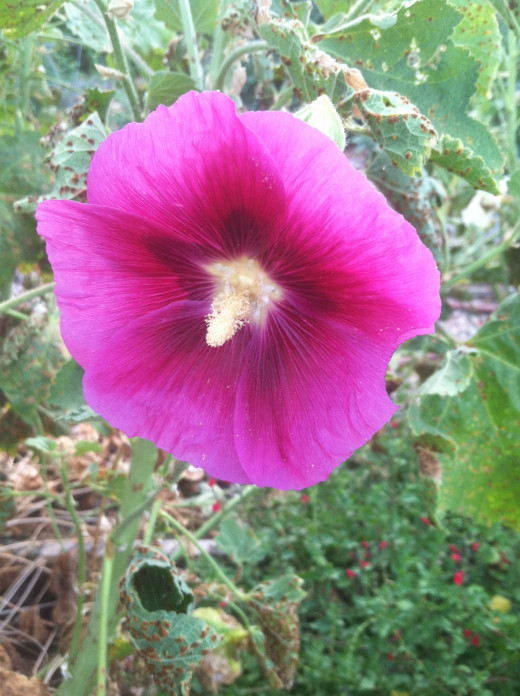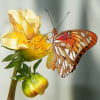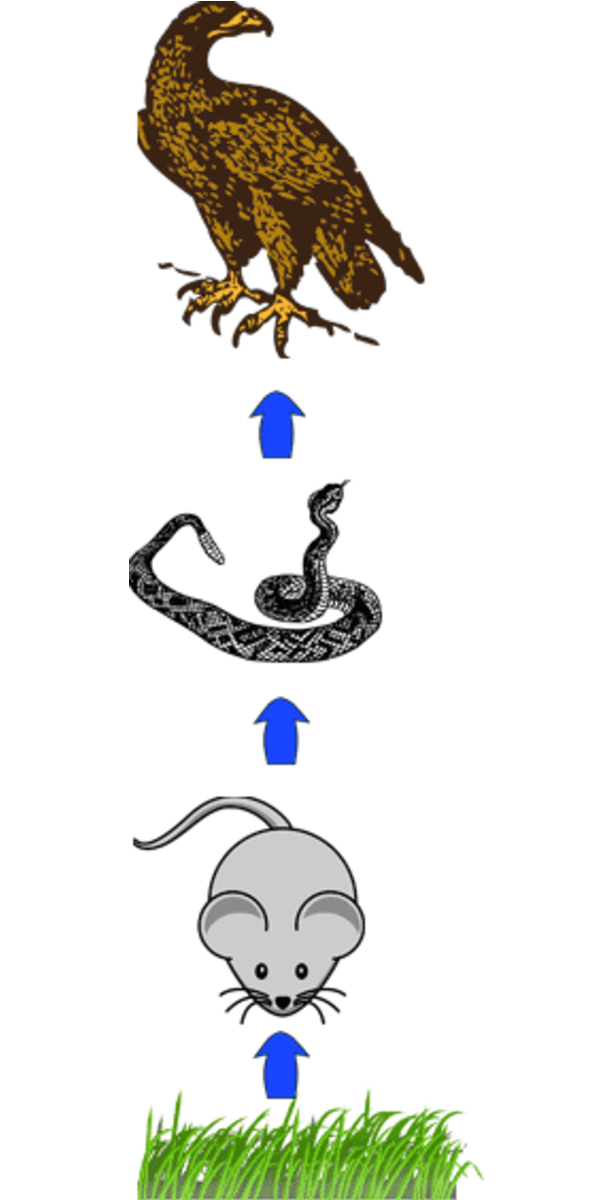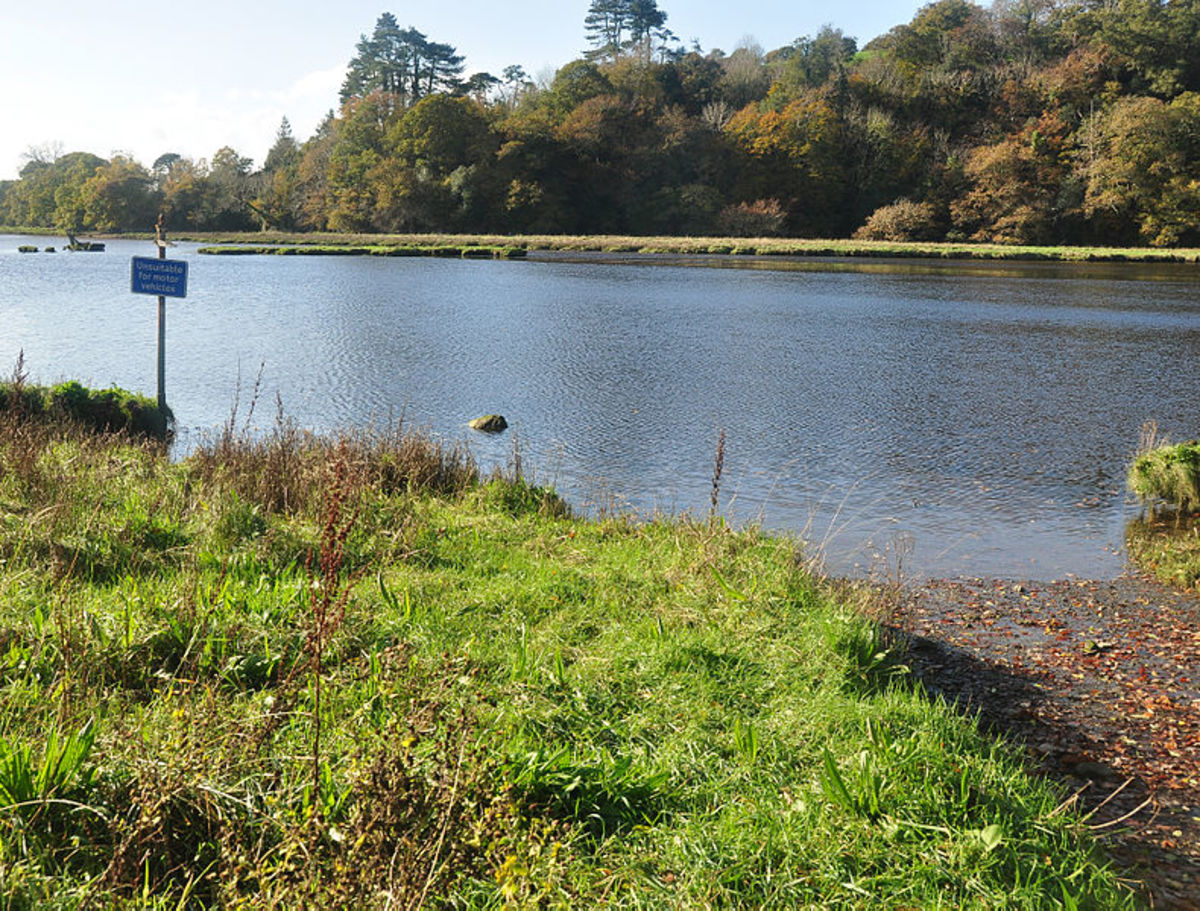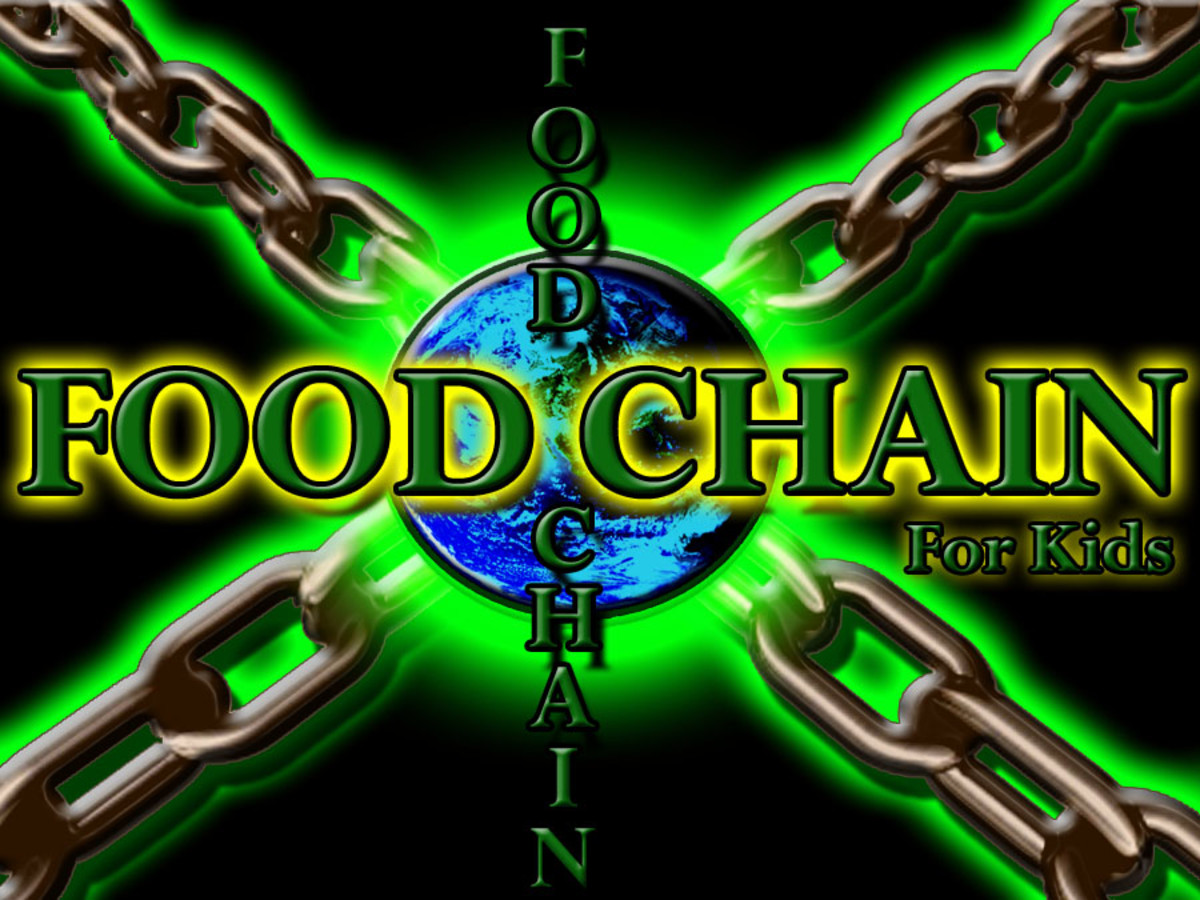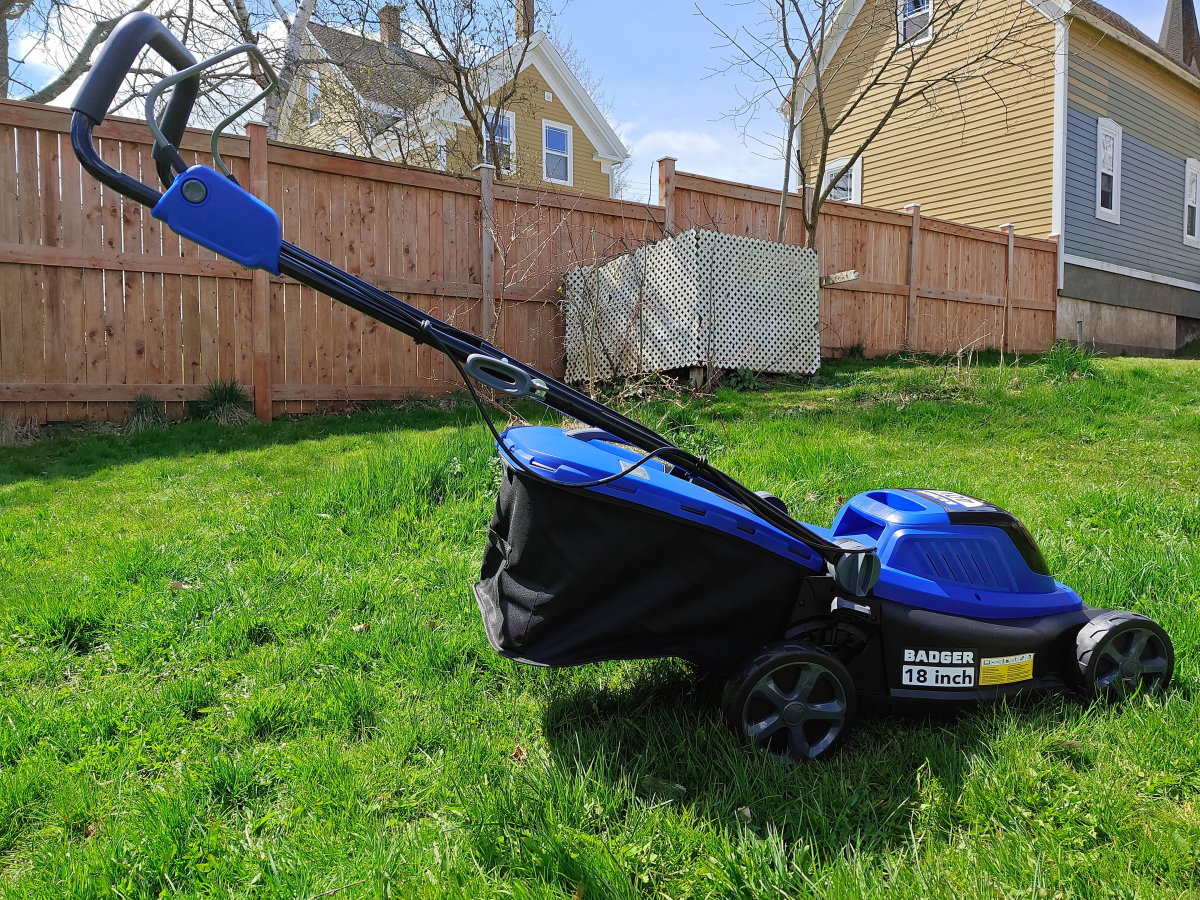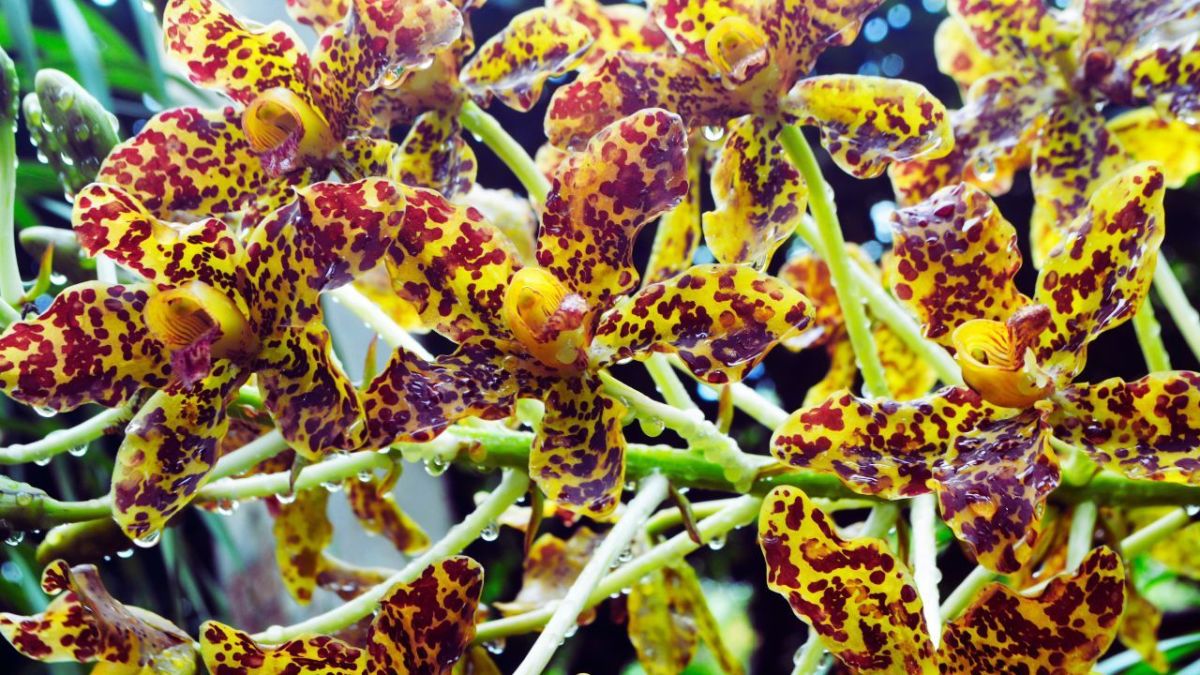Gardening in the Modern Age
Pears and Fruit - Five servings a day!
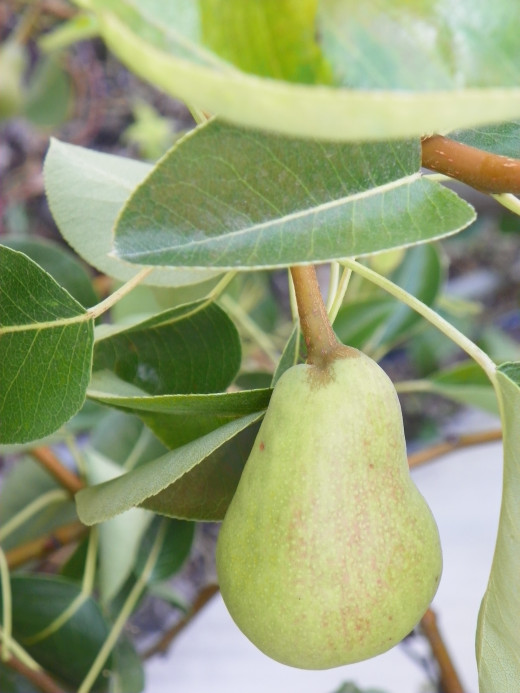
Gardening
There is a fascination, for me, when a seed begins to spout. There is something poetic in watching a squash seed unfold, shed its seed coat to expose those two green leaves. It is a sensation of watching life begin as if it were a butterfly emerging from a chrysalis. The world of plants is already amazing, and we owe so much to plants. We, every organism that is not a plant and a select few bacteria, are all consumers. We eat what something else produces. Plants are producers and without plants... the world would be vastly different. In fact, I doubt seriously that we humans would be here at all.
Dahlia: Flowers tie everything in a garden together
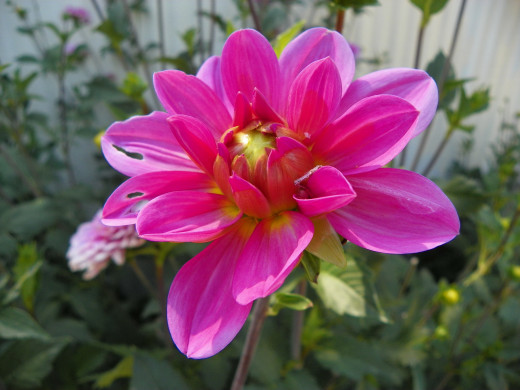
Tomatoes
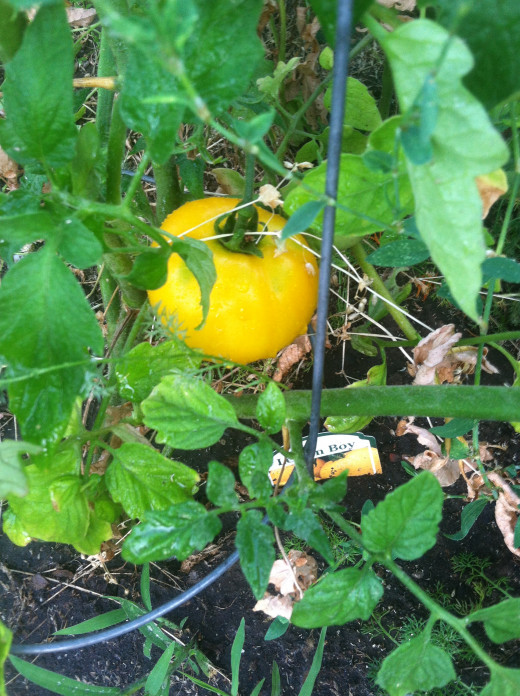
Food chains and their importance
A food chain is the story of who eats who. It starts at the bottom with plants. Organisms, whether human, goldfish, or plant, are either producers or consumers. To be a producer requires that you be able to produce your own energy independently. Plants do that thank to chlorophyll and the chemical process of photosynthesis. There are only a handful of non-plant organisms that can do this, that is because they have consumed a plant and adapted the use of its chlorophyll for their own use. Lichen is a symbiotic relationship between two organisms one of which uses photosynthesis.
What this means is that wherever you are on the food chain you owe your start to a plant. Vegetarian, Vegan, Carnivore, or Omnivore we all consume plants in one form or another. Food chains are important because of how energy is transported between one level of a food chain and the next. These are called trophic levels. Perhaps you have heard of the term top predator? That would be a third or fourth level consumer or a tertiary consumer. Think humans, lions, wolves, and other animals that have either very few or no predators.
Every link between the tertiary consumer and the plants is important. That importance goes back to how energy is transferred. only 10% of energy is transferred between one stop on the food chain and the next.
Cosmos: Color and presense
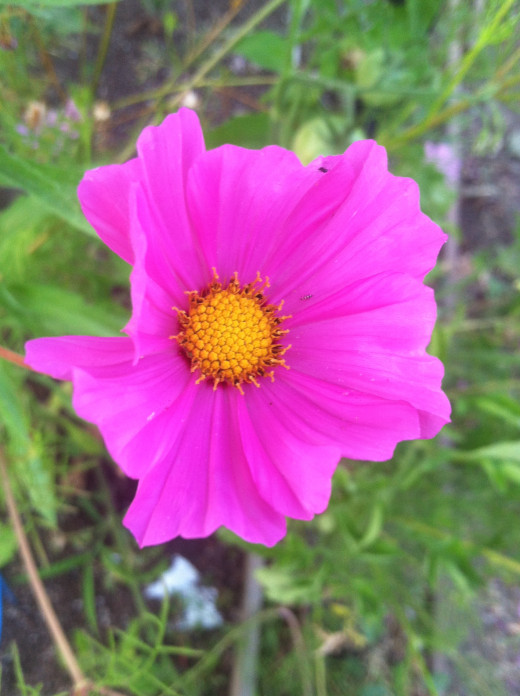
Plum Tomatoes
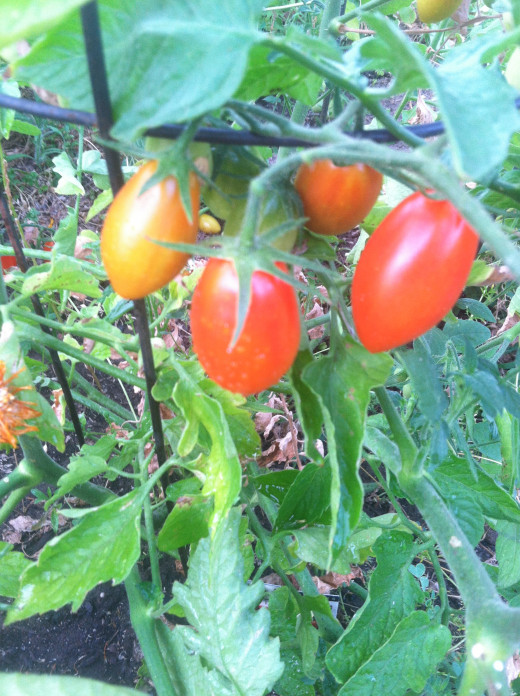
The flow of energy
If a tomato had 100 calories in it and we consumed that tomato we would receive 10 calories of usable energy. The rest of the energy would be used in chewing, digesting, and lost as heat. Our bodies produce heat. Heat is a form of energy.
If you eat that tomato you are a primary consumer. So you have started a food chain. The tomato and you. If something were to eat you. That something would receive only 1 calorie of those 10 calories that you received from that tomato. Now the food chain has grown. It contains the tomato, you and whatever eat you... though this would need to be in the past tense.
So how many tomatoes would you need to consumer to survive? Quite a lot. at 10 calories per tomato you would need to eat 200 tomatoes to receive 2000 calories. Now about that thing that ate you... how many of you would it need to eat to receive 2000 calories... It would need to eat 2000 people to get 2000 calories.
If you think about this absurd line of events it becomes not that absurd. What eats plants? There is a long, long list of things that eat plants. Have you ever looked around. Really looked around your yard, city, state? How many plants are there? Millions of them. That is because of how energy is transferred up the food chain. Those things that eat plants, like mice, tend to have a high rate of reproduction. That is because whatever eats those mice needs to eat a lot of them to survive. The next level of the food chain typically is full of creatures that have lower birth rates. A cat for instance has a single litter per year. A mouse can become fertile every 20 days. As you climb up the food chain the population of organisms become smaller. That is because nature holds a fragile balance. What cannot eat starves to death or becomes weak enough to become prey for something else.
Strawberries are delightful
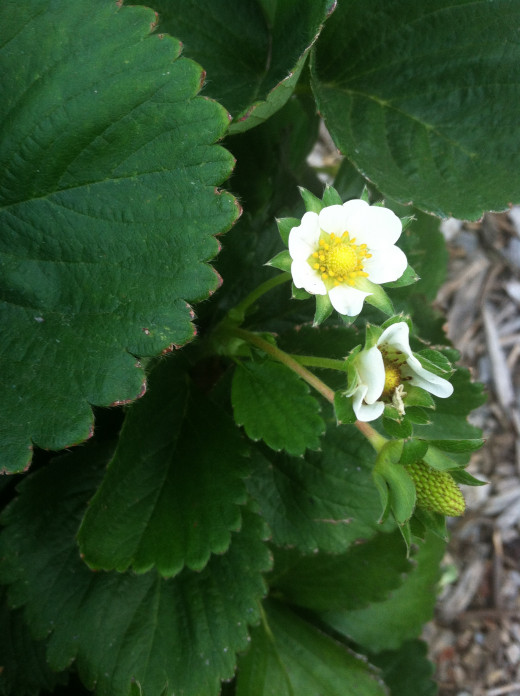
Plants for borders
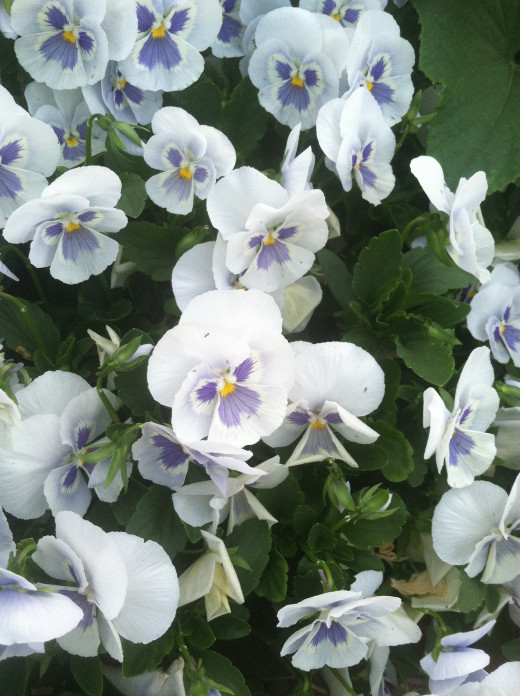
Gardening in the Modern Age
We are a top level consumer. We eat most everything from great white sharks to bean spouts. When we garden we are growing our own food. We are starting our own food chain. Ideally, that food chain would just contain two levels, you and the plants that you grow. Yet, that is rarely the case. Remember that squash seedling that had just unfolded its first leave? If we come back tomorrow and it is gone, something else has entered the food chain. It is important to think about this. Our immediate response is to be angry and put out poison to kill whatever it was that at our seedling. Thus far, I have painted this neat little picture of a single chain that stretches from the earth to our table. It is much more complicated than that. Food chains are crazy with activity.
Whatever at our seedling will be eaten by something else, which will be eaten by something else, which will be eaten by something else until it comes back to us someway. Somewhere the energy that was lost when our seedling became a food source for something else will return to us. This is one of the primary reasons why the food chain must be preserved. When we remove levels within a food chain we are ultimately robbing ourselves of the return on what we have lost. That is not to imply that those exact calories are coming back, but the benefit of those calories will be available to us later in the food chain. If that seedling was eaten by a grasshopper that got eaten by rat, that then got eaten by a snake that was eaten by an owl that got eaten by a coyote that was killed by wolf that was killed by a bear that we eventually eat (though I don't recommend eating bear, it is horribly tough) that energy from our seedling came back to us. Along the way it took a lot of seedlings, grasshoppers, and other creatures being consume, but in the end we benefited more from losing that seedling than if we did not.
Pansies are cheerful creations
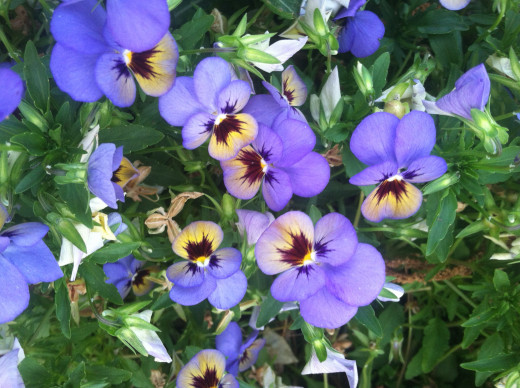
Beans: Easy to grow and prolific results
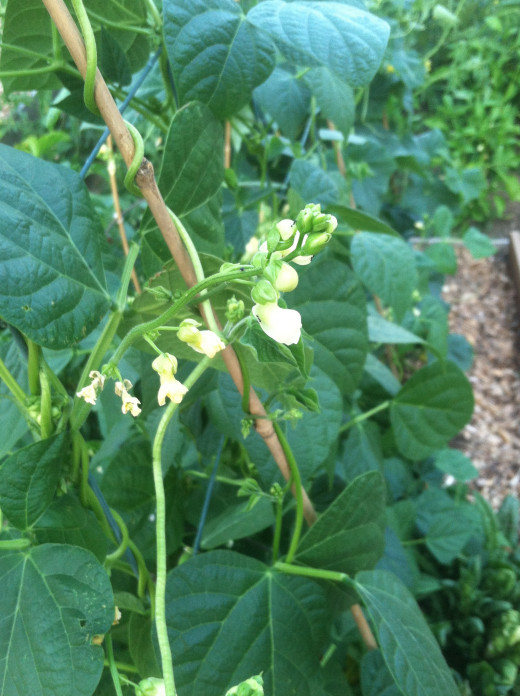
Fragile and Elegant
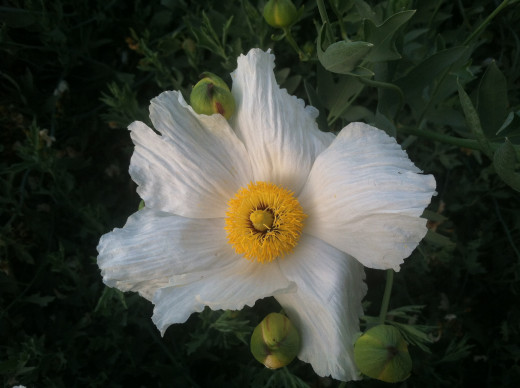
The moral of the story
All around us, every day, everywhere are food chains. We we choose to litter, pollute, or put toxins into the environment those things eventually come back to us through the food chain. Toxins, unlike calories, to not lose volume or potency between trophic levels. This means when we put out poison for ants, and insects, something else eats those insects and that toxin is now introduced to our food chain. The story of how this happens is found in the historic use of DDT. It entered the food chain as pesticide and eventually found its way all the way to the top level of consumers. Bald Eagles that at the fish that at the insects were suddenly not reproducing because their eggs we so fragile that they never hatched. Well that happens to humans too. We we use toxins they enter the food chain and we eventually consume them through other means. Think of the nuclear accident in Japan with Fucushima. That toxic that leaked out of that nuclear plant entered the Pacific Ocean. It is not detectable in Tuna. Do we eat Tuna? We do, we even feed it to our children. That is just one example of how toxins enter the food chain. We have choices. We can chose not to use toxins, not to allow pollution and other hazards to enter the food chain. Those choices begin with you and me. I am not going to tell you not to do something or how to live your life. I will show you what the result is and allow you to make up your own mind.
Hollyhocks
